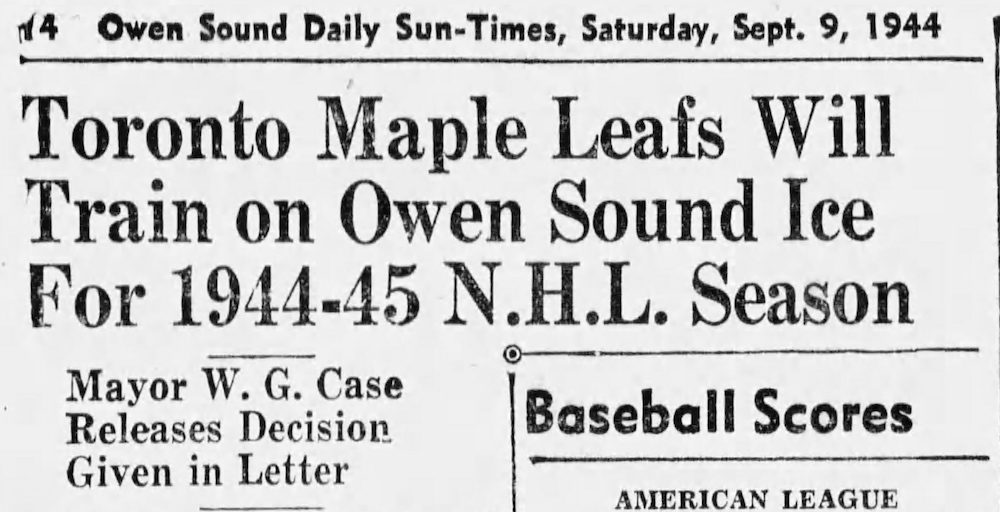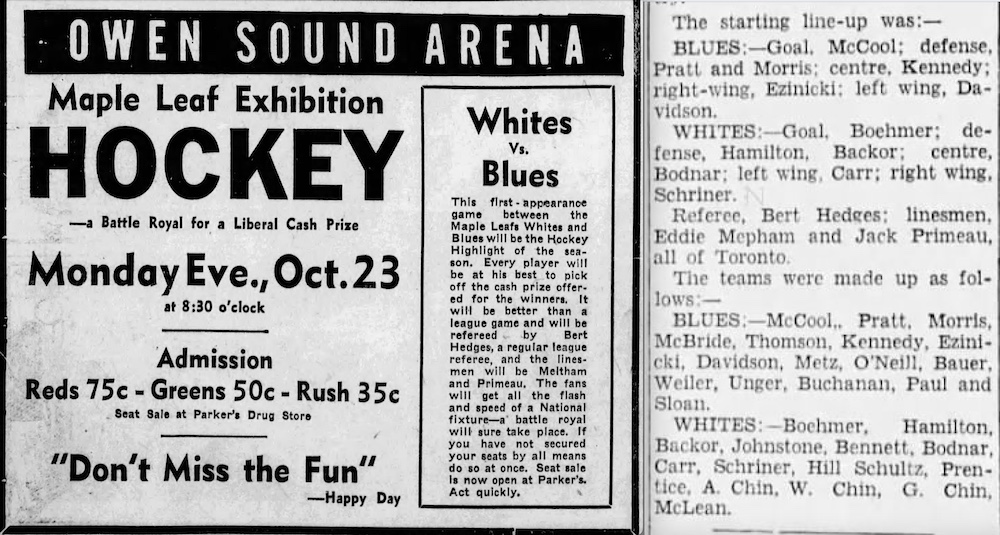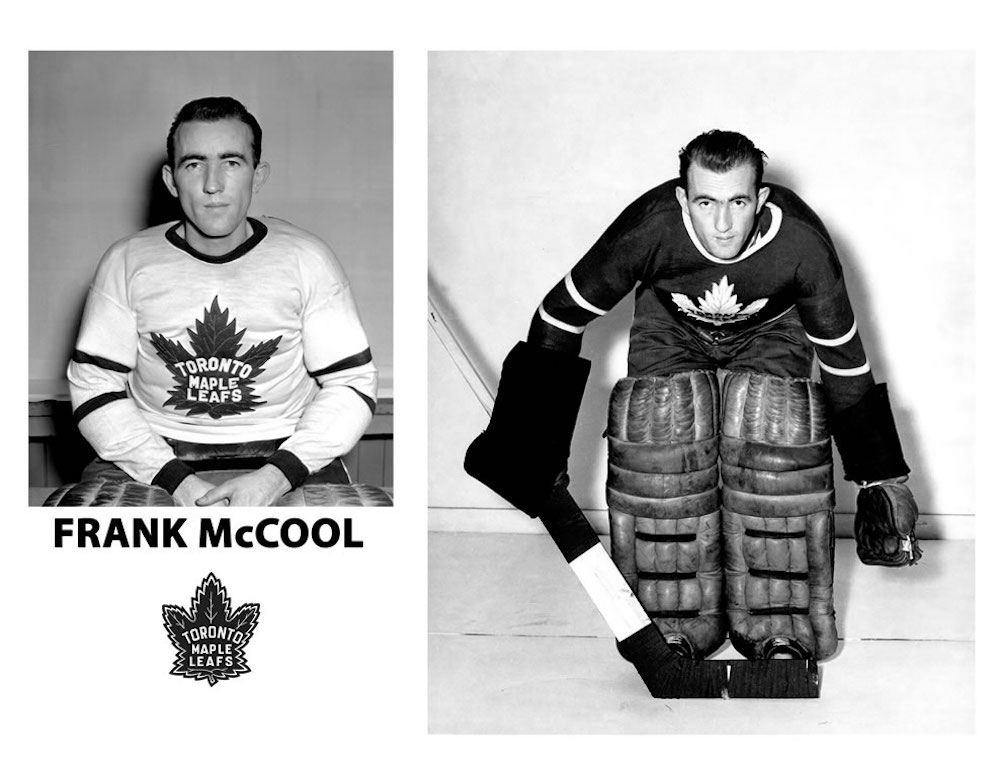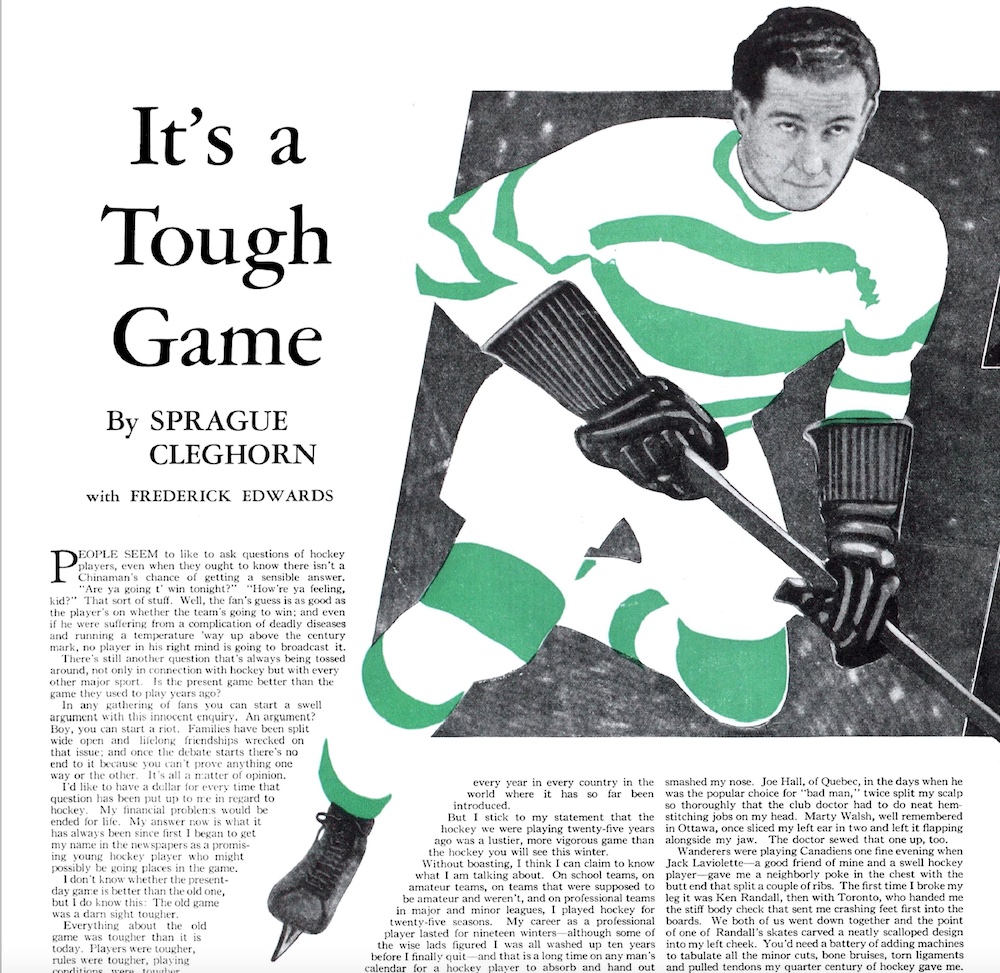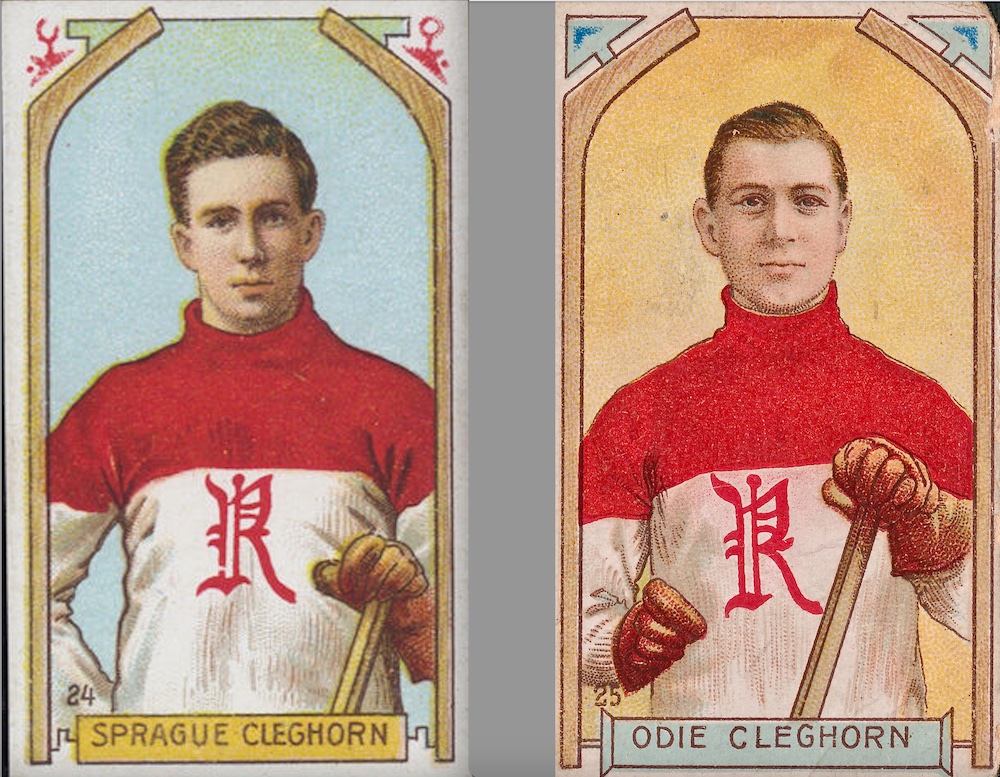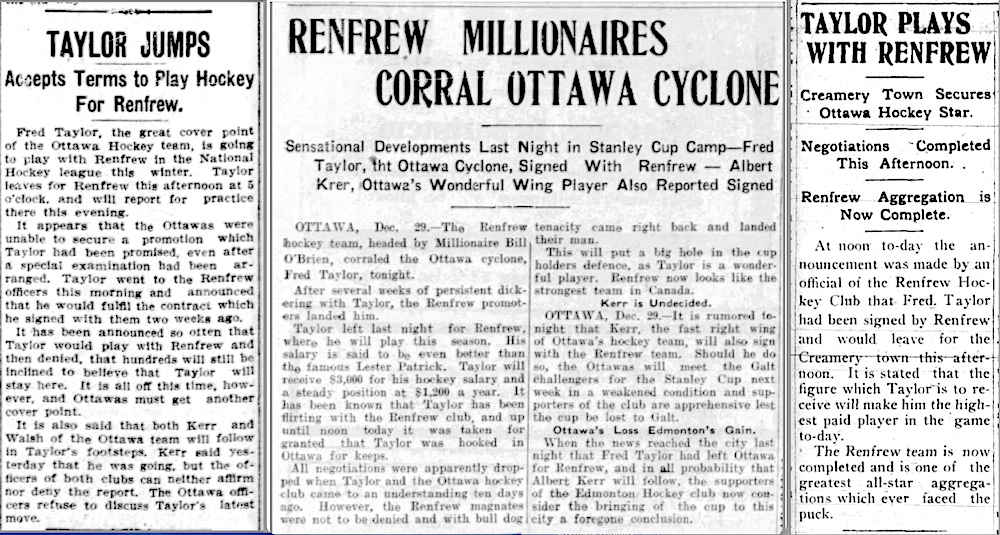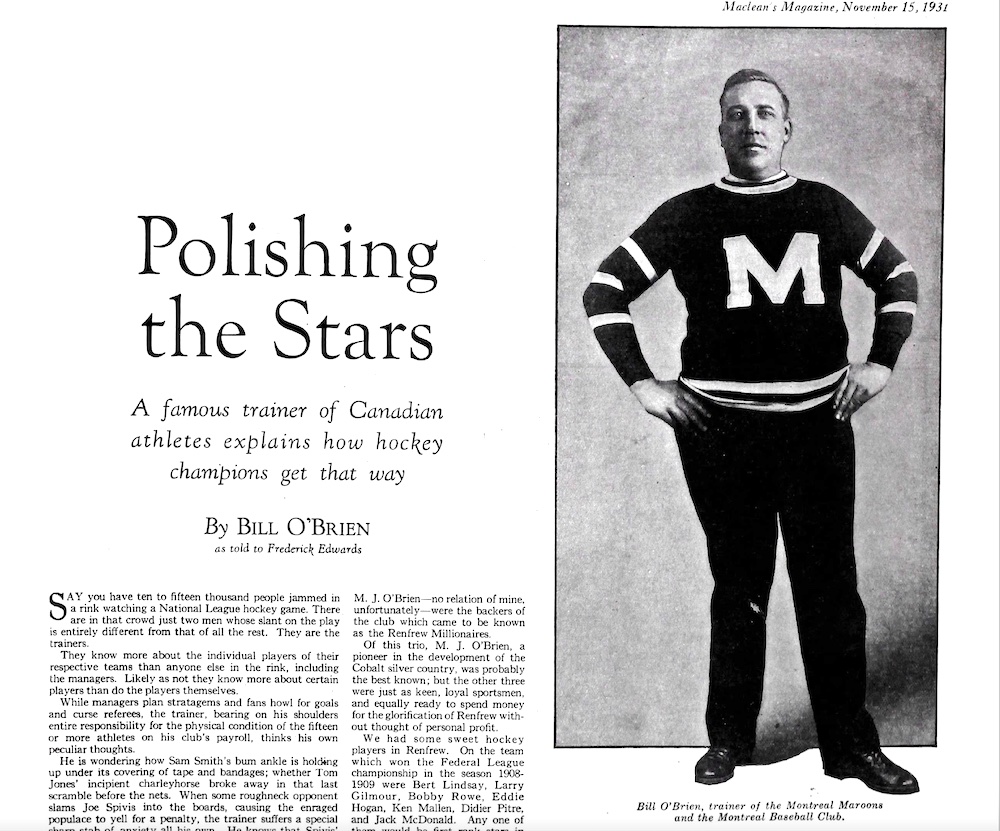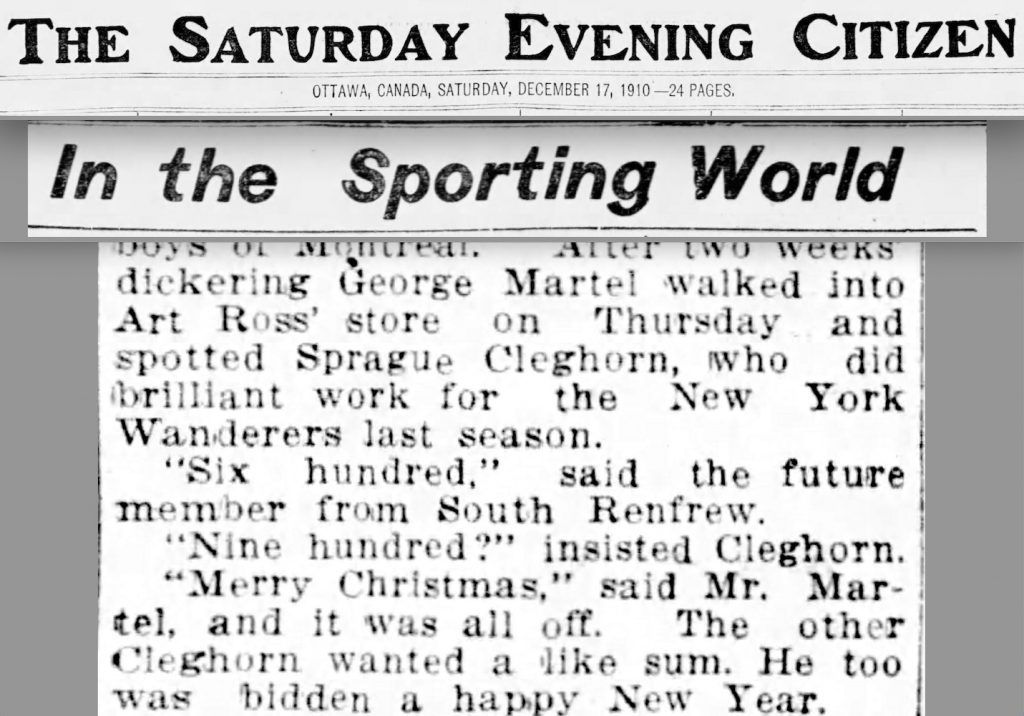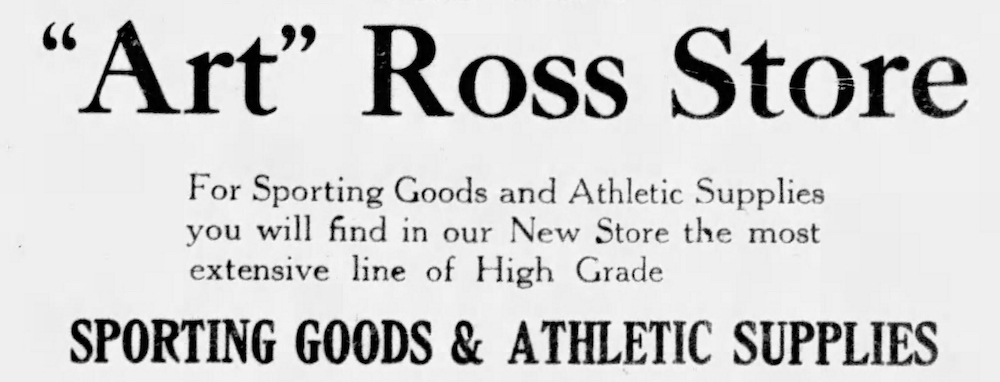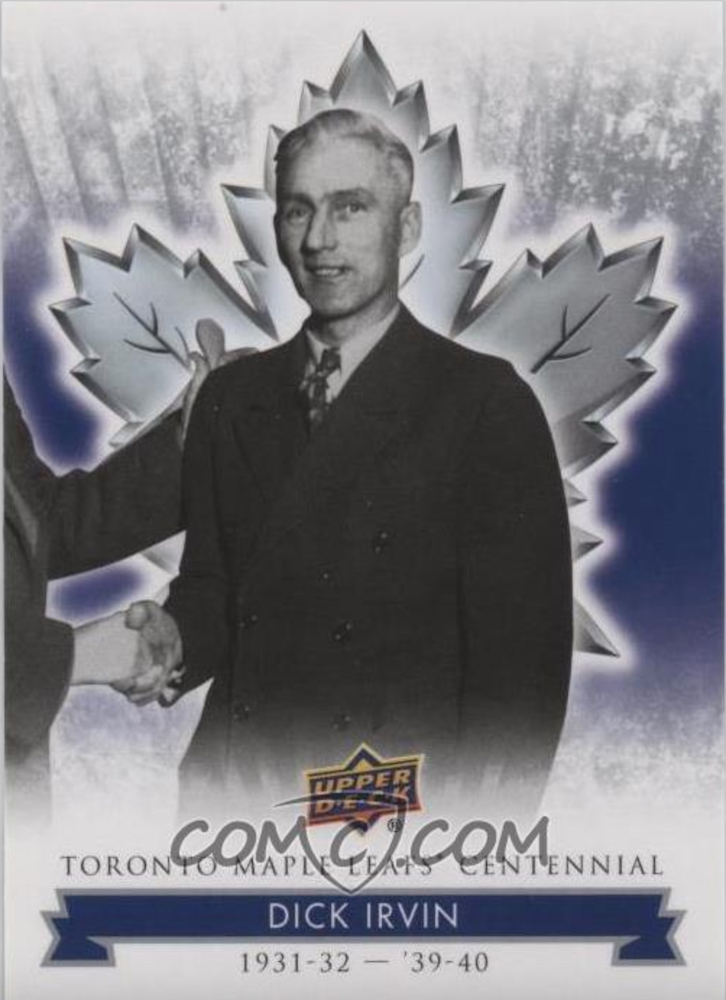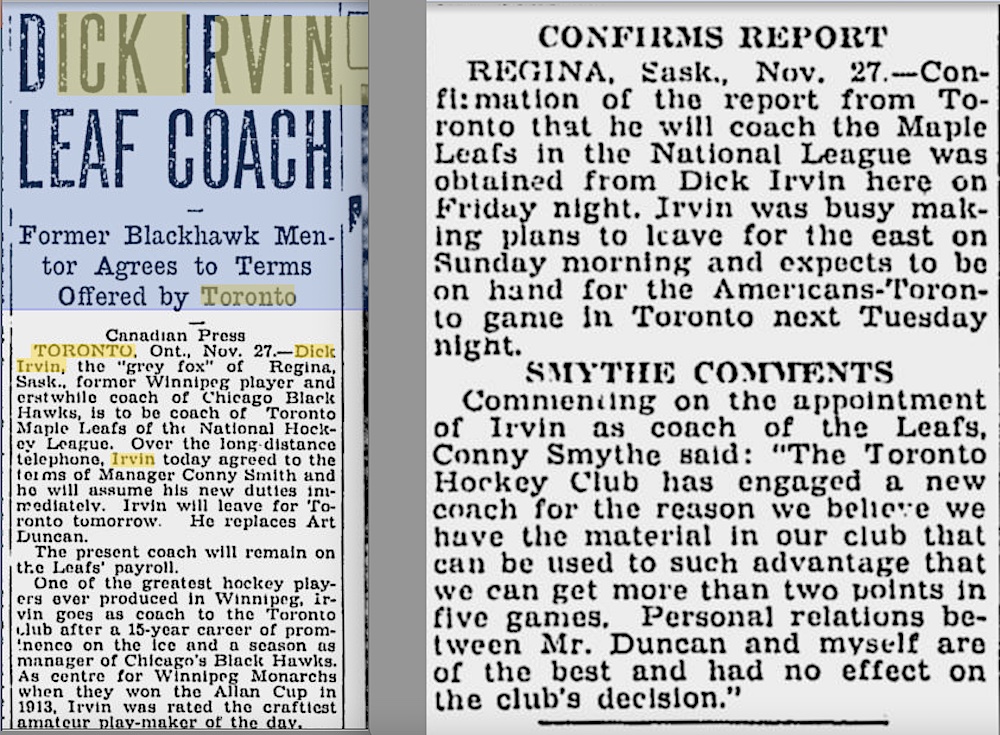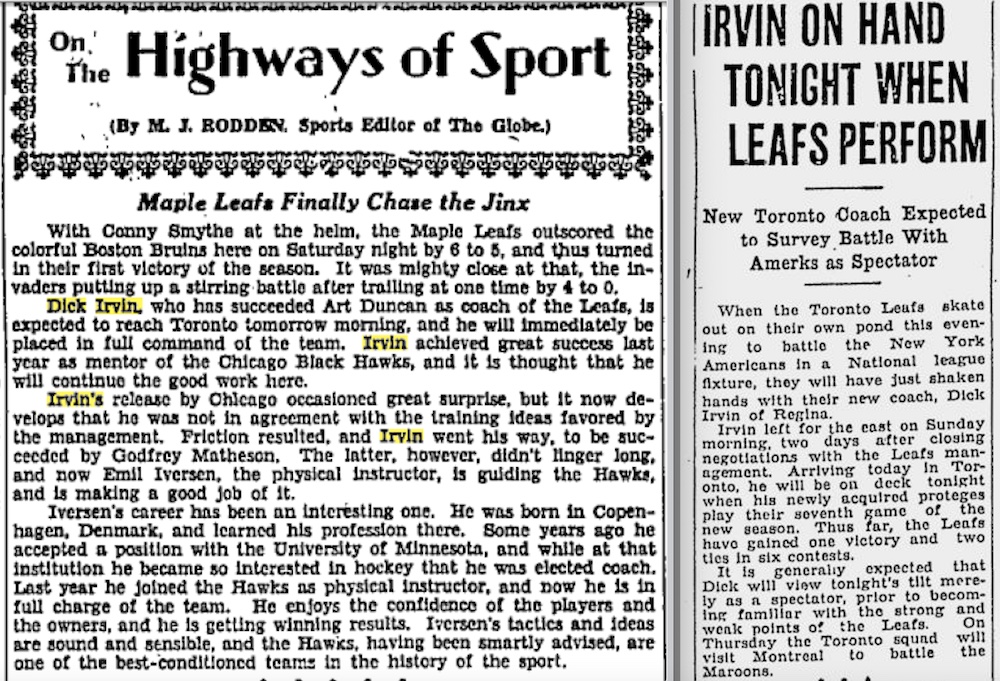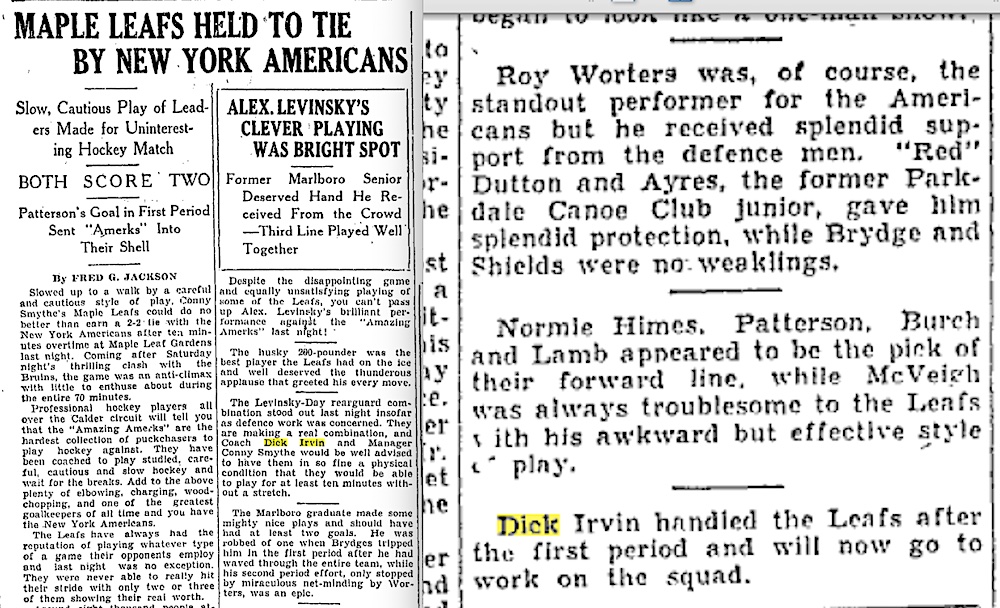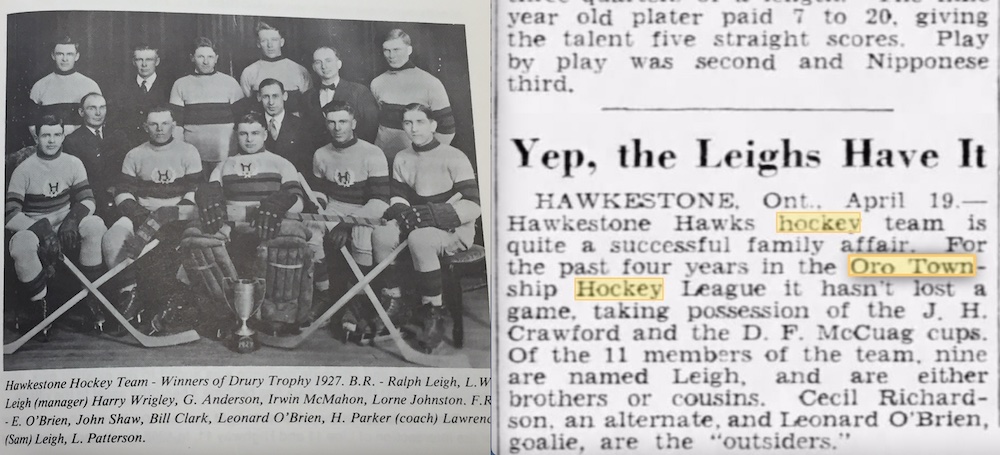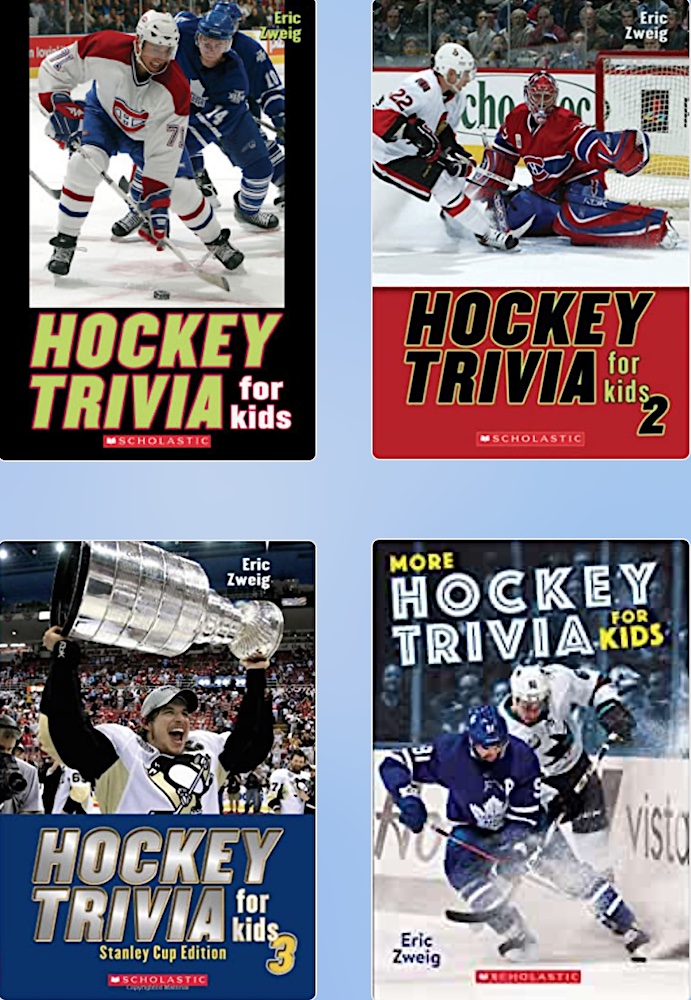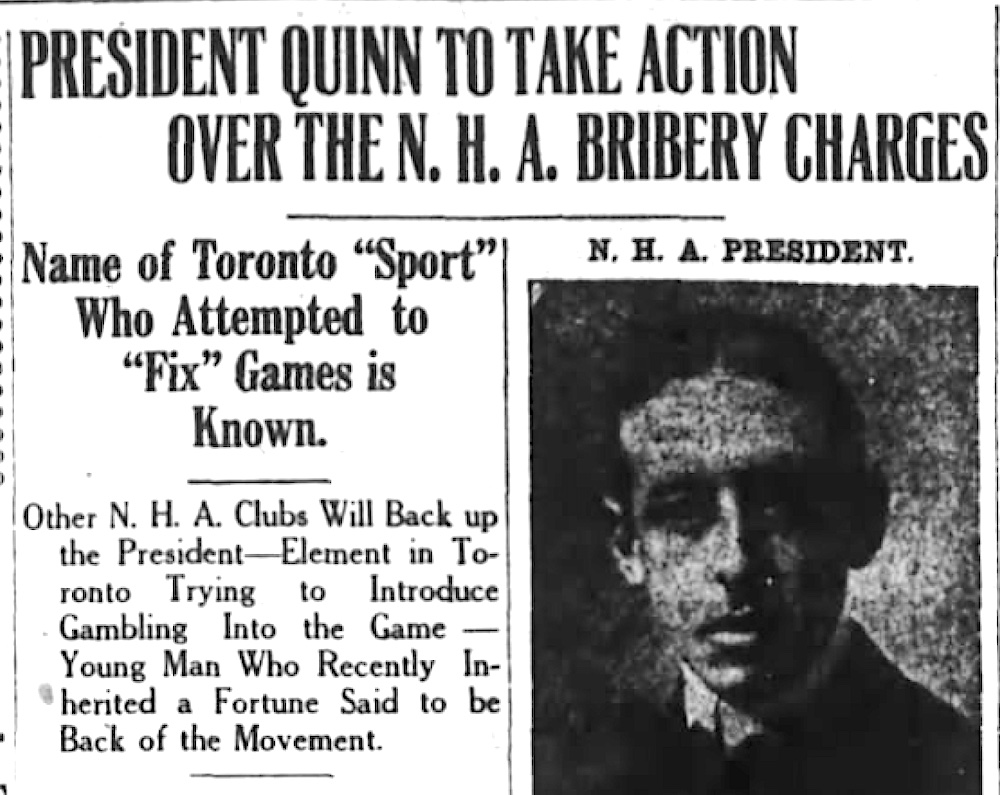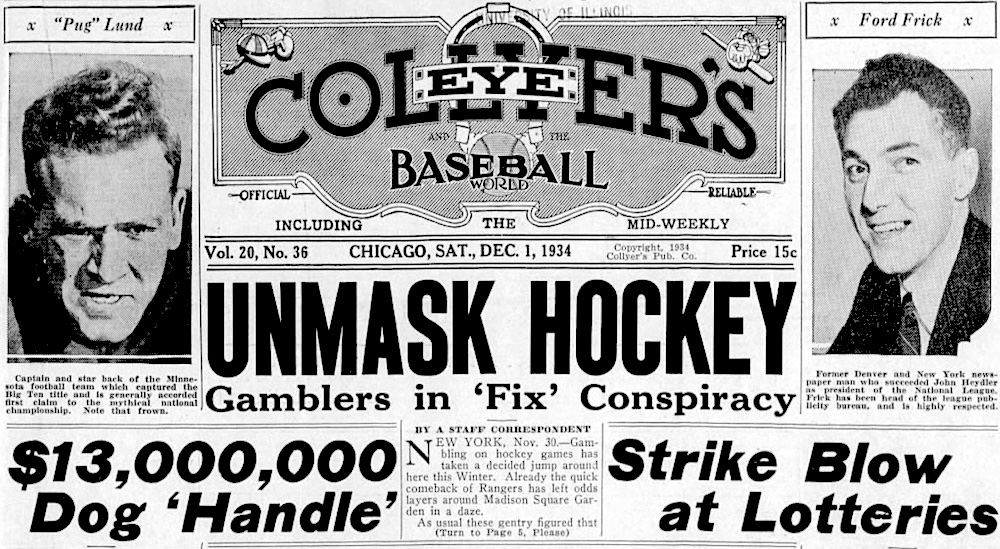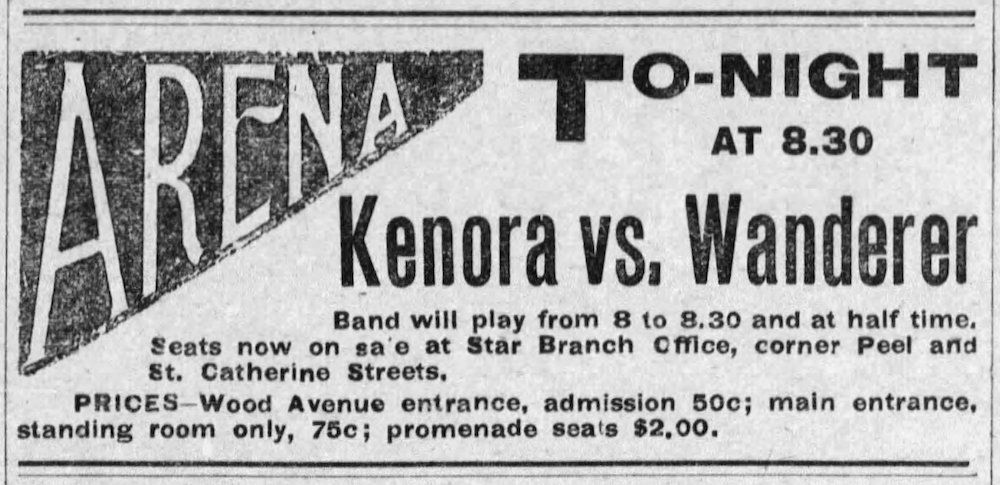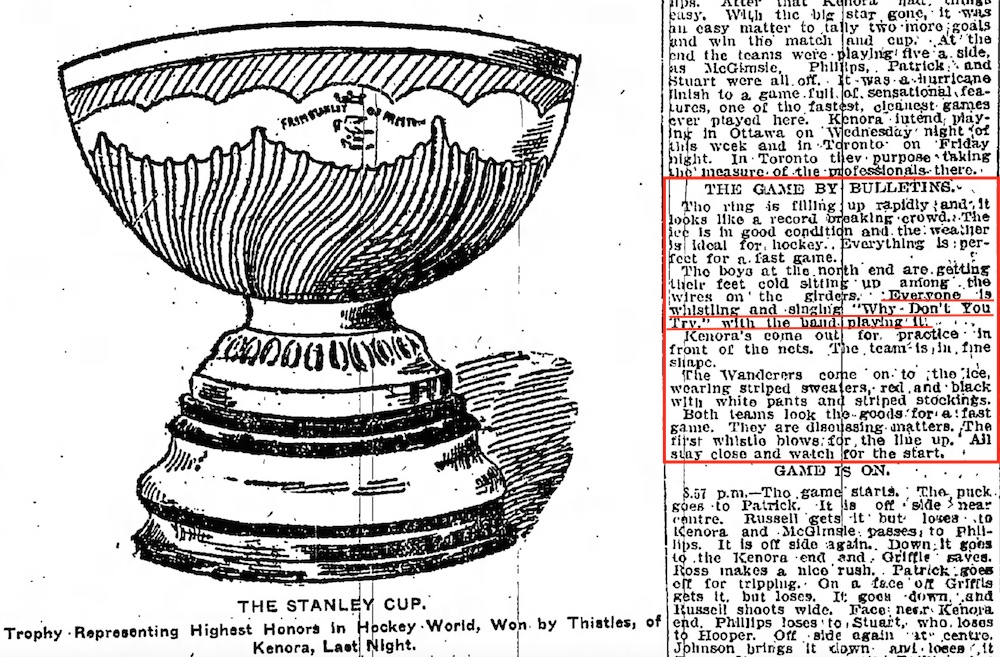The 13-hour time difference between Beijing and where I am makes it a bit confusing, but even though the official Opening Ceremonies aren’t for a couple of days, the Winter Olympics get started tonight … which is tomorrow afternoon in China. Women’s hockey kicks things off, with Canada facing Switzerland and the United States against Finland. Men’s hockey starts next week.
Leaving aside the issue of whether ANYONE should be going to these Olympics (for health or humanitarian reasons), we know that Covid is the official reason why NHL players won’t be there. NHL owners had previously given permission for the players to attend … but everyone knows the owners have little to no interest anymore in shutting down the NHL season for Olympic hockey.
In that way, things weren’t a whole lot different nearly 100 years ago before the first Olympic Winter Games were held in Chamonix, France, in 1924. Back then – for a little while, at least – it was the Canadian Amateur Hockey Association that was less-than-thrilled about interrupting its season for international competition.

(This and other images are from the VIII Olympiade Official Report unless noted.)
Word of the 1924 Winter competition was first announced late in 1922. “The French Olympic Committee,” reported the Globe newspaper in Toronto on November 10, 1922, “announces that the seventh renewal of the Olympic games will open … on January 20, 1924, with the program of winter sports.”
The uncredited Globe writer, in his Scanning the Sports Field column, reminded readers that, “Canada, will not, of course, have declared a champion hockey team until perhaps two months later. [So t]he hockey competition will probably be deferred until April, as at the [Summer] Olympiad of 1920 when the Falcons of Winnipeg won the Allan Cup and represented Canada, winning the world’s championship.”
But there would be no deferment.

from March 28, 1923; and the Globe on October 15, 1923.
On January 11, 1923, the Toronto Star reported: “It is not expected that Canada will be represented in the Olympic hockey tournament … next January to defend the honors won by the Falcons of Winnipeg, according to Secretary Fred Marples of the Canadian Amateur Hockey Association. Mr. Marples states that he has received word that the Olympic committee has refused to change the date of the tournament to later in the year, when Canada would have a representative team to send, and under the circumstances, does not expect the Canadian hockey body will send representatives.”
The subject would be re-visited during the Allan Cup finals in Winnipeg that spring, and, obviously, opinions changed. On March 21, 1923, the CAHA reversed course and decided unanimously at its annual meeting to recommend to the Canadian Olympic Committee that the winners of the Allan Cup (Canada’s amateur hockey championship) for this season should represent the country at the Olympic Games the next winter.
The Toronto Granites won their second straight Allan Cup the following day, and by March 24, it seemed certain that they would represent Canada. Their participation was virtually assured at a banquet held back in Toronto at the Granite Club on the night of March 27, 1923, when city officials and the government of Ontario promised to help fund the trip. The chairman of the Canadian Olympic Committee added that the Federal government had been asked to up its contribution of $15,000 from previous Olympic years to $30,000 in 1924.

Rumours in April that Paris might not get the 1924 Games after all, or that winter sports might be excluded if they did, soon proved false, and on May 27, 1923, the Granites formerly withdrew from the senior section of the Ontario Hockey Association for the winter of 1923-24. This cleared the way for the Granites to represent the country in France as the Canadian Olympic hockey team in January and February of 1924.
Unlike when the NHL has participated, there was now no schedule to interrupt when the Granites went to the Olympics … although there was some concern about losing the OHA’s best team (and therefore its biggest draw) for the entire season. Still, there wasn’t really any other way to accommodate a trip that would see the Olympic hockey team set sail for Europe on January 11, 1924 and not arrive back in Toronto until March 4.
Thirteen players had suited up for the Granites during the 1922–23 season, but not all would be able to take the nearly two months off work that was required for the Olympic trip. That was fine, since only nine players would be taken to France anyway. The Granites’ biggest star, Harry Watson, would make the trip. So would fellow future Hockey Hall of Famer Hooley Smith, as well as another future NHL star, team captain Dunc Munro. Team veterans Bert McCaffrey and Beattie Ramsay, as well as Jack Cameron and Ernie Collett (both goalies) would also make the trip. Harold McMunn of the Winnipeg Falcons (though not from the 1920 Olympic team) and Cyril Slater of the Montreal Victorias were added to the roster as well.

Various members of the Olympic team (as well as some Granites from the previous season) saw action in a series of exhibition games to get into shape between December 1, 1923, and January 10, 1924. Sources often show the team playing 14 games, though it seems they actually played 15. They won all but two, and in both cases (defeats at the hands of the Hamilton Tigers and Sault Ste. Marie Greyhounds, who had been the Granites’ toughest opponents en route to the 1923 Allan Cup), the losses were avenged by victories in either previous or subsequent games against their two top rivals.
In truth, Canada could have sent the Tigers or the Greyhounds – and probably any number of other senior teams – to the Olympics and still won the gold as easily as the Granites did. Junior teams – possibly even youth teams! – likely would have defeated Canada’s European opponents.
Even playing under unfamiliar conditions on a huge, open-air ice surface with tiny boards to cordon off a playable rink, Canada crushed the European teams. They opened the tournament in Chamonix with a 30-0 win over Czechoslovakia on January 28, 1924, then defeated Sweden 22-0 the next day, and followed up with a 33-0 rout of Switzerland the day after that.

A story told in the Globe the day after the team returned home to Toronto gives an idea of just how easy those three victories were. Apparently, in the first period of the game against Switzerland, a photographer jumped onto the ice and dashed over to Ernie Collett. He told the goalie he’d like to take a few pictures as soon as he was at his leisure.
“Well,” said Collett, “I’ll never be at more leisure than in this game. The play hasn’t been anywhere in this vicinity yet. So if you want to get some pictures, why shoot.”
“But you’ll have to go over to the side of the rink,” said the photographer.
“All right with me,” said Collett.
Apparently, he calmly skated out of his net and over to the side, where he posed for three pictures before returning to his position.
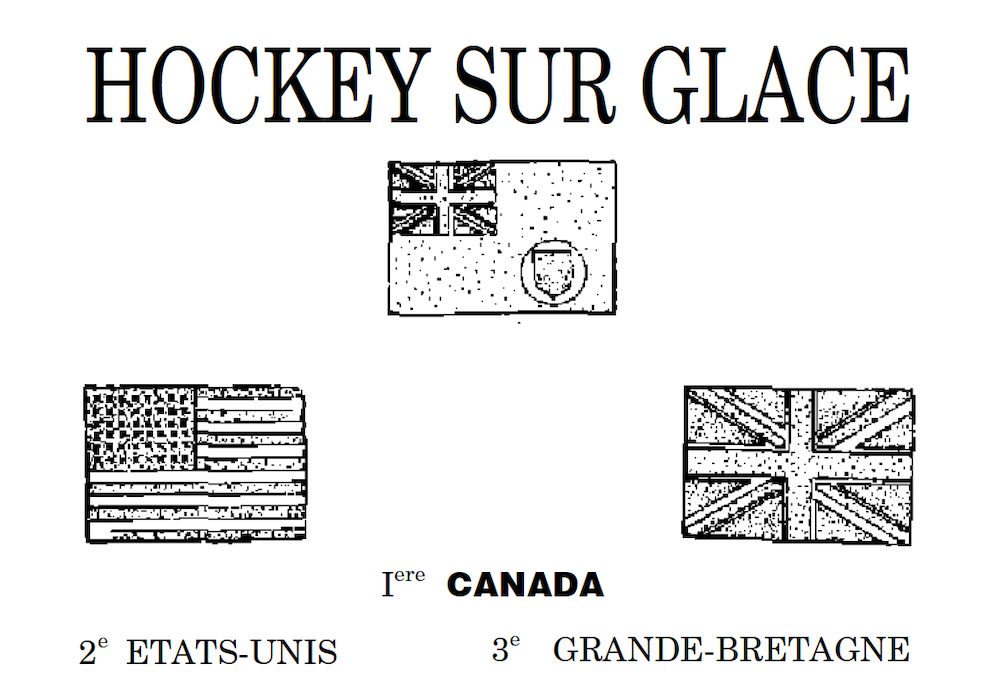
Britain beat the Swedish team 4-3 to win the bronze medal.
Canada’s semifinal game against Great Britain on February 1 proved somewhat more difficult but still resulted in a 19-2 victory. Even the United States didn’t provide much opposition in the gold medal game on February 3, 1924, as Canada scored a 6-1 victory. Beattie Ramsay later stirred up some controversy over that one.
Leaving the team early while they were in Paris after the Olympics, Ramsay arrived back in Toronto on February 14 … just in time for the birth of his first son. (He reportedly got to Toronto two hours before the blessed event, and reached the hospital with seven minutes to spare!) In papers that day and over the next week or so, Ramsay was quoted as saying the Canadians would have beaten the American team 20-0 on a regular rink like the Toronto Arena. He said the U.S. team only kept the score close by playing rough, that the referee lost control of the game, and (as I said above!) that any number of senior teams in Canada could have beaten the Americans. “Perhaps some of our intermediate teams would take a fall out of them,” he added.
Meanwhile, the rest of the Canadian Olympic hockey team remained in Paris a little longer (they had beaten the British team 17-1 in a five-on-five exhibition on an undersized Parisian rink on February 7), and then went on to London on February 15, where they were entertained by the Prince of Wales at St. James Palace on February 20 before sailing home two days later. The team would arrive in Saint John, New Brunswick, on March 2 and stop in Montreal the following day for a banquet and a night at the theater before returning to Toronto for a parade and more banquets.

Prior to departure from Liverpool, captain Dunc Munro had mailed home a letter of interest. When the Toronto Granites had announced their intentions to skip the season to go to the Olympics back in May of 1923, the OHA had granted them the right to play the league champions upon their return for a chance to get back into the Allan Cup race and try for a third straight national championship.
“Just in case you want to know,” wrote Munro, “the Olympic team is through with hockey for the season.”
The Toronto Star, reporting on the letter on February 27, felt this was the proper choice.
“Their decision not to attempt to hog the honors by going into the Allan Cup finals will appeal to all sportsmen,” read the Star.
Or at least all sportsmen who don’t mind their teams running up the score against obviously inferior opponents! But such was the state of international hockey in its early days.
